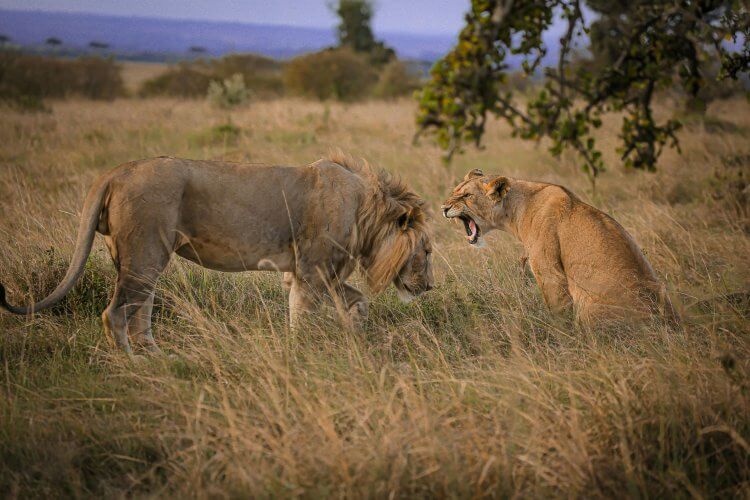The Serengeti National Park in Tanzania is home to one of the most incredible wildlife spectacles on earth. Spanning across 14,763 square kilometers, this vast savannah is a paradise for nature lovers and wildlife enthusiasts.
Every year, millions of animals embark on a great migration, in search of fresh grazing lands and water. This natural phenomenon is known as the Great Migration, and witnessing it firsthand is an experience that can leave you in awe.
The Big Five
If you’re on the hunt for the Big Five, the Serengeti is the place to be. The Big Five includes the lion, leopard, buffalo, elephant, and rhinoceros, and the park is home to all of them. Game drives in the early morning or late afternoon offer the best opportunities to spot these majestic creatures in their natural habitat.
Wildebeest Migration
The Serengeti is famous for its annual wildebeest migration, which is considered one of the most spectacular wildlife events in the world. Over a million wildebeest, accompanied by zebras and gazelles, migrate from the Serengeti to the Maasai Mara National Reserve in Kenya, in search of greener pastures and better water sources. This massive movement of animals creates a dramatic spectacle that is truly unforgettable.
Predator-Prey Dynamics
The Serengeti is a haven for predators, making it a hot spot for wildlife enthusiasts. The abundance of prey species like wildebeest, gazelles, and zebras attracts a wide variety of predators, including lions, cheetahs, leopards, and hyenas. Witnessing the predator-prey interactions in the wild is both thrilling and humbling.
Bird Watching
The Serengeti is not just home to mammals, but also boasts an impressive bird population. Over 500 species of birds have been recorded in the park, making it a paradise for bird watchers. From the vibrant lilac-breasted roller to the majestic African fish eagle, bird enthusiasts will be delighted by the diverse avian species that call the Serengeti home.
Conservation Efforts
The Serengeti National Park holds incredible ecological value and is considered a UNESCO World Heritage Site. Efforts are being made to conserve and protect this unique ecosystem and its inhabitants. Conservation initiatives focus on combating poaching, managing human-wildlife conflicts, and promoting sustainable tourism.
If you’re planning a trip to the Serengeti, make sure to follow ethical wildlife viewing practices. Respect the animals’ natural behavior, keep a safe distance, and avoid littering. By being responsible tourists, we can ensure that future generations can also experience the beauty and wonder of the Serengeti.


















